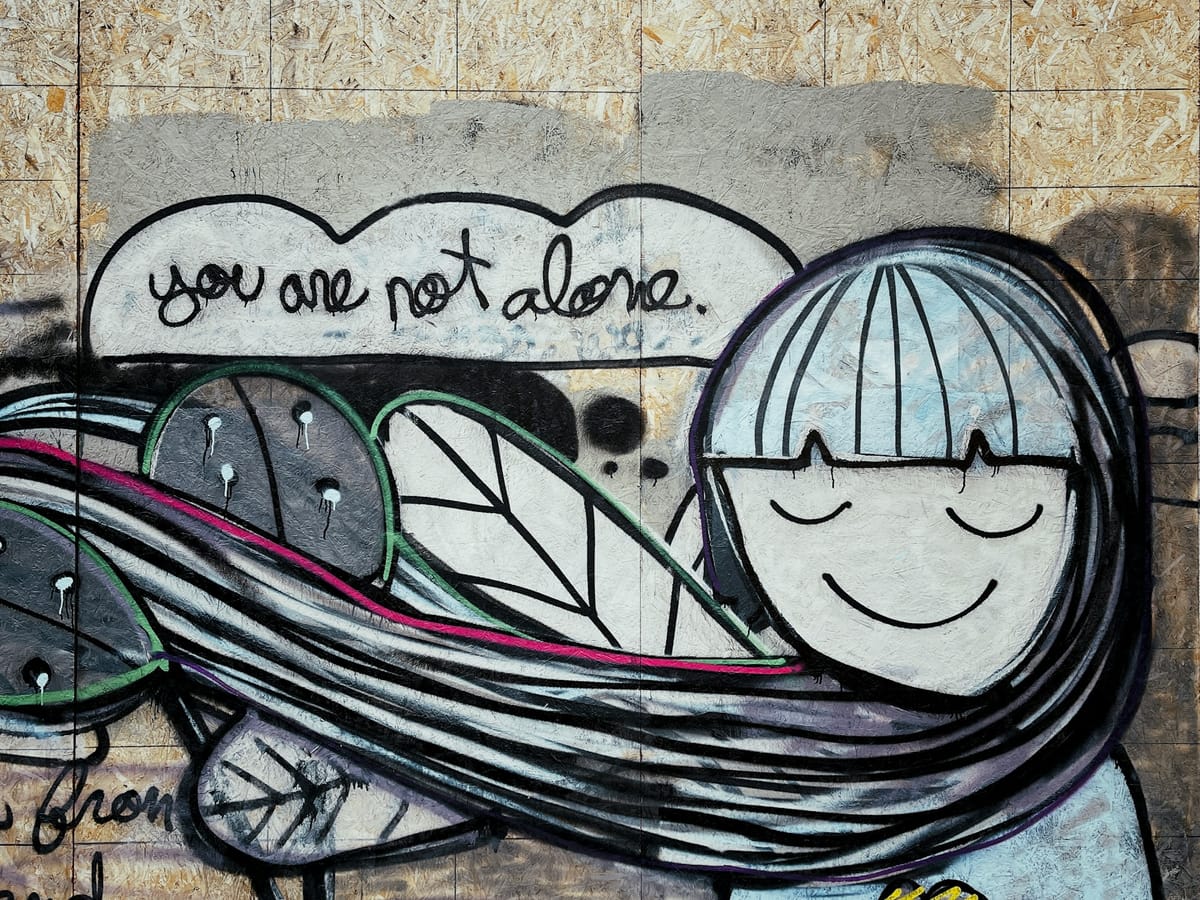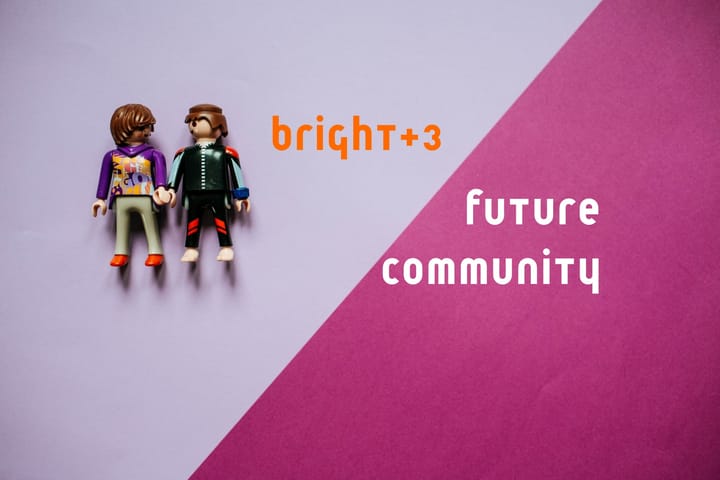Local news is community building
Local news and community projects are two pieces of our informational and social fabric that will be critical in the next four years. And far beyond.

The coming days and weeks will see a lot of chaos and confusion. Expect, for example, 100+ executive orders in a day or two [note: it's gone up to 200 since I started writing this morning]. Not just little ones but big things that result in people removed from homes, lost jobs, higher taxes, high costs of living, weakened public health and more toxic air and water. Not to mention one to save TikTok (ironic coming from the guy who started the whole process of shutting it down and whose party believes the law they pass should actually mean something).
But the chaos exists in the difficulty of tracking and making sense of it all.
Local news and civic/community projects are two pieces of our informational and social fabric that will be critical to not just managing the next four years but surviving in a present and future world.
Shared stories. Shared space. Shared trust.
When I was a kid three newspapers showed up on our door each day. The Denver Post, Rocky Mountain News and hometown Greeley Tribune. My parents owned a small town restaurant and bar. They were hardly news junkies. But knowing and being able to talk about what was going on in town, across the state and across the country was a point of pride. Business, community and social success seemed interwoven. It was part of living a full life.
I believe local news separates rumor from fact. Regardless of the channel on which it appears. News creates the social ecosystem that responds in times of need. And in times of failure, questioning, corruption or success.
Local news doesn’t just provide shared stories, it saves communities.
Steven Waldman wrote about this in the Atlantic. In places as disparate as Memphis, San Juan County Utah, and Tampa Bay, reporters uncovered millions in local corruption.
But the reality is that most Americans live in small towns and mid-sized cities and suburbs that have very few, if any, trained journalists (or even local creators, influencers, and independent reporters) covering city hall, schools, and government services.
The Northwestern Medill Local News Initiative maps the state of local coverage. They look at newspapers (a broad definition), standalone digital sites, ethnic media outlets and public broadcasters. They found that standalone digital outlets grew in the past year. But huge swaths of the country - including an unknown number of cities and towns, have no local news.
...we found that there are 206 counties across the country without any news source, up from 204 last year, and 1,561 counties with only one source.
In the absence of local news, community withers while disinformation and distrust thrive. We end up watching fear and anger-filled pundits on CNN and Fox. We doomscroll through Instagram and TikTok when we’re not diving into YouTube rabbit holes.
But it’s not just about shining light on local stories.
Local news organizations is a natural fertilizer for civic space. When a trained third party reports on a city budget we all have the info and incentive needed to comment on the mechanics and maintenance of community: budgets, performance, planning and building.
Stories about local events also seed participation, volunteering and leadership.
In some cases, local news organizations create community events and even shared physical spaces. The Sentinel in Marfa, Texas, is a newspaper, coffee shop and community center.
I’m advising on a project that seeks to create a local news organization in a community that, shockingly, now has only the barest coverage from a nearby national organization and a handful of operations that repost press releases and paid promotions.
What’s most exciting, though, is the potential to create spaces and programs that bring community together around news: local schools and colleges running podcasts, audio and video training, hosting events in empty office spaces turned into a community hub.
When we build local news we can (and are…one hopes) building and strengthening community infrastructure. We know the news. We also know the people down the street and across town. We can trust them, help them, be helped. And we’ll need that.
Community is all we’re left with now.
Writer Lex Roman explores the need for community infrastructure in Permanent Impermanence: The Go Bag Mindset over at Invisible People. Roman shares stories of people like Johnny, a homeless person who lived across the street from her and whose constant need to move meant paring down life to a backpack.
Meanwhile, Roman notes, every LA resident is told to have a go bag ready in case of wildfire.
And so do folks in Colorado, Washington and Oregon. And around Prospect Park in Brooklyn. So do (or should) people in communities in Texas and the south, neighbors of chemical plants, people near rivers, factories, rail lines.
You see where this is going.
Local news and shared community spaces - both literal and figurative - don’t just help us make sense of the world. They connect us to one another. They’re community infrastructure not just for budgets and elections and job training. They help us get through life.
And even those of you who through sweat or luck have the privilege of money, family, or high (fire resistant) walls around your estate, will need community.
Commit to community.
I’d love to hear from you if you’re working on a project that bridges local news and community. Reach out if you have ideas, need help, need content or community fundraising strategy, or have staffing and training needs. I have a network of people working in this space and/or who are looking to do the work. Let’s build.


